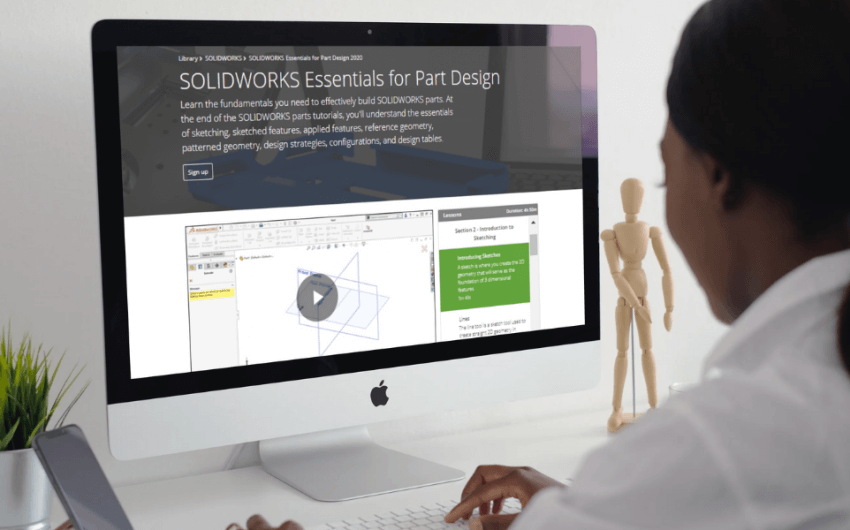How do you choose the best digital learning platform for your team?
Digital learning platforms have been a mainstay of Ed-Tech, transforming the way instructors can share materials and communicate with their students. As we celebrate Digital Learning Day in the academic community, we’re taking a look at digital learning platforms in the business world, too, where they’re becoming mainstream for organizations of all sizes.
Corporate eLearning has grown 900% over the last two decades, with the global learning management system (LMS) market estimated to reach $19.05 billion by 2020. As a result, numerous commercial online learning platforms have emerged for professionals and teams to improve their skills and reach personal and organizational goals. It can be an endeavor to evaluate all of the relevant digital learning tools for your team, so we’re giving you a head start with these 5 things to consider when choosing a digital learning platform.
- Learning methods & lesson formats
- Course content
- Time commitment
- Scalability & adaptability
- Pricing
The majority of digital learning platforms use videos for their online courses, and it’s effective: 98% of organizations have said they would implement video as part of their digital learning strategy. Video tutorials are highly engaging because they incorporate audio, visual, and interactive learning methods.
Since video lessons are so common, look closely at the structure of the video courses. Are there guided Learning Paths? Are there interactive elements like quizzes, practice exercises, and/or completion certificates? These things will help motivate and drive your employees in the right direction.
It’s not uncommon for several platforms to offer courses on similar topics, which can be confusing. How do you know which one is best?
The difference usually lies within the platform’s course Library as a whole. Does it offer a wide range of tutorials on everything from photography to personal finance to coding? Or, is it more niche with a focus on specific and related skill sets or software? Typically, the platform with a wider selection of courses will work better across teams as a general continuous learning tool. Meanwhile, the niche platform will likely offer more advanced and detailed material within narrower subject areas, which could work better for a team of engineers, for example, that needs intensive learning and technical resources.
Finding the time to spend on learning is one of the (seemingly) biggest obstacles for teams. Digital learning already takes far less time than traditional classroom training— 40-60% less — so you’re guaranteed to save time there. But the time commitment can vary from platform to platform, too, so make sure you’re making enough time for learning on your team.
At a glance, you should be able to see the course and lesson durations when you visit a digital learning platform. It might be alarming to see that an “essentials” course is over six hours long, but how is it broken down? Some platforms have 30-minute lessons while others have videos under 5 minutes long, allowing you to pick up new skills quickly while you work.

It’s important for your continuous learning initiatives to be just that — continuous! When you adopt a new digital learning platform for your team, do your due diligence to ensure it’s equipped for growth and change.
This is a little more challenging to figure out, but there are a couple ways you can look at this. Does the platform offer beginner courses for new hires as well as advanced, specialized lessons for more senior employees? Can you easily track progress and assign courses on a larger scale if your team(s) grow? Does it offer both technical and theory/concept training?
Some platforms even provide knowledge management capabilities, which help you capture and preserve your organizational wisdom for current and future employees to learn from.
Before you adopt a shiny new digital learning platform, take a quick pause: do you have a set training budget? If you do, are you spending the right amount? Pricing structures for digital learning platforms vary and could end up being the deciding factor. Some platforms price each individual course, some offer different features for different membership tiers, and some are all-inclusive. It’s worth taking a serious look at your training budget for a better idea of what platform would work for you. If you need a quick assist, check out our jump start Training Budget Guide.
Communicate with your team and leadership along the way, and you will find a digital learning tool to suit your needs and help your employees achieve their goals.

























